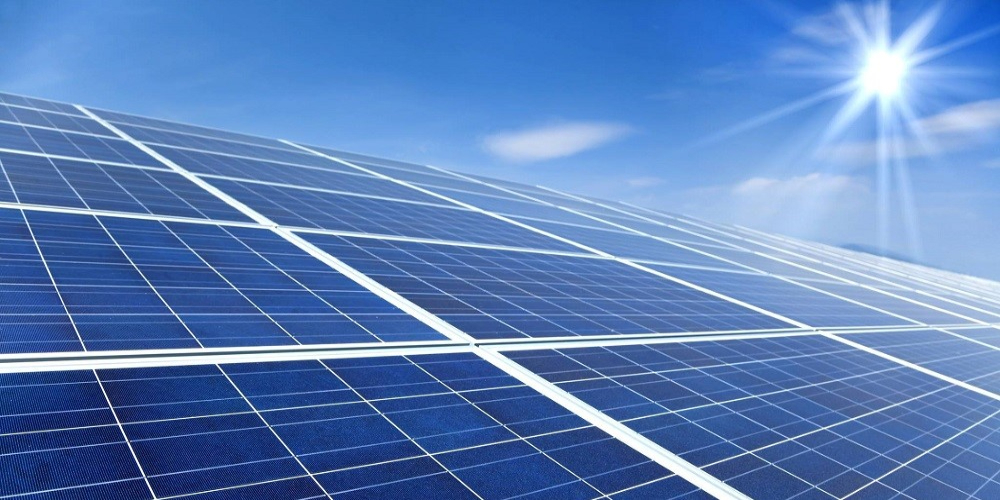It is difficult for the average person to get by without electrical assistance since electricity has become an integral element of contemporary life. Electrical power networks’ dependability is crucial since energy is ubiquitous in modern life. A faulty or unstable electrical distribution system jeopardizes one’s ability to maintain a constant flow of electricity. When disaster strikes, solar-powered electricity systems for local loads are there to keep the lights on. After reading this article, you’ll have a firm grasp on how long it will take for a battery to be charged utilizing a 1000 watt solar panel and how many watt-hours that panel generates.
Is 1000W Solar Penal Enough to Power Fridge and Lights Needed?
Once you know how much power you have, turn on every appliance. Choose a daily schedule for operation. For instance, your fridge may be on for about 8 hours daily, or about a third of a 24-hour cycle. The 75-watt bulb may be on for three hours a day. Once you’ve calculated the daily wattage consumption of each appliance, combine the numbers to get the total wattage consumption for the day.
What Affects Solar Battery System Size?
A few essential elements affect how many batteries you should acquire for a solar-plus-storage system, regardless of your goals for the system. Consider your storage needs, your solar panel system’s size and output capacity, and the electrical loads that must be supplied.
Power Usage
The term “load” describes something that uses up power. Electricity loads, in the context of solar energy and house batteries, are air conditioning and refrigerators that draw power from the grid. When planning a storage system, you must know the point you’ll need to provide your devices.
System Size and Production
You may plug the battery into the grid or use solar panels to replenish its power supply. Charging a battery using solar energy is often the best option, whether your goal is to save money or to increase your home’s resilience. Therefore, it is crucial to know how much energy your solar panels generate and how much they will be able to charge your battery system throughout the day. To get the most out of your solar energy storage system, you may need to add additional solar panels if your energy needs exceed the capacity of your current 1000W Solar Penal.
Your Specific Requirements
Finally, as we’ve already discussed, determining how many lead-acid batteries you need depends on your goals for the solar-plus-storage system. Batteries are the most critical component of off-grid systems, whereas those in energy-efficient and cost-cutting designs may be much smaller.
Sunlight Availability
In the United States, daylight is not an accepted length of time. Arizona and New Mexico customers can get more sunshine, even in the winter, than those from Minnesota and the Dakotas can. It is essential to consider the amount of sun available when deciding on a solar panel array and layout since this will dictate the number of solar panels you will need to cover an area of square meters large enough to produce the necessary electricity.

